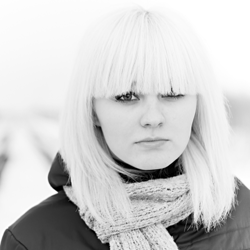Feeling SAD? Maybe it’s seasonal affective disorder

© Thinkstock
Recognising SAD
To diagnose seasonal affective disorder from another form of depression, the person must have experienced at least two depressive episodes during winter seasons without experiencing depression of any other nature between the two.
Symptoms are those of any other depression: constant sadness, general loss of interest, irritability, sleeping disorders, weight gain or loss and suicidal thoughts.
Compared with other types of depression, SAD sufferers have a higher tendency towards hypersomnia (excessive sleeping) and bulimia (excessive eating). They often crave sweet foods and tend to put on weight during the winter months, as well as having a tendency to feel sadder in the evenings.
A distinction needs to be made between seasonal affective disorder and the “winter blues” that most of us feel from time to time. With the latter, the light symptoms of depression experienced don’t stop people from continuing their daily activities. SAD sufferers however, are more or less handicapped in their daily lives, work and relationships with others.
Causes of SAD
The exact cause of seasonal affective disorder is unknown, but reduced sunlight intensity and duration in autumn and winter seem to play a significant role. What is certain however, is that this disorder mainly affects women – 75% of those affected in fact.
Children are not spared either and it’s estimated that 2 to 3% of over-10 year olds suffer from SAD. The disorder is often combined with other mood disorders (non-seasonal depression, bipolar disorders, etc.). There may also be a history of depressive disorders in other family members.
Treating SAD
Treating seasonal affective disorder, like other forms of depression, is generally based on psychotherapy administered by a specialist and anti-depressant medication, generally quite effective in this case.
There is also a therapy specific to seasonal affective disorder, over and above the traditional treatments used for other forms of depression, which is light therapy (or phototherapy).
This involves half-hour to hour sessions of exposure to light in purpose-fitted booths, or under special lamps helping to combat the reduction in natural light during the winter months.
Such lamps are used regularly to ward off SAD in countries such as Finland and Sweden and can be bought for home use.
Dr Christian Duchène
More information:
Nutrition discussions


